- What Are Hebes and Why I Love Them in My UK Garden?
- When Do Hebes Flower in the UK?
- How Long Do Hebes Flower For?
- How I Encourage My Hebes to Flower More?
- What Are the Quick Tips to Maximise Hebe Flowering?
- How Is The Hebe Flowering Referenced?
- Final Thoughts: Why Hebes Are My Go-To Shrub for Flower Colour
- What Are the FAQs On When Do Hebes Flower?
I’ve always had a soft spot for hebes — they’re the kind of shrub that asks for very little but gives back so much.
From their tidy evergreen structure to their bursts of flowers that draw in bees and butterflies, hebes have earned their spot in nearly every garden I’ve designed.
One of the most common questions I get from fellow UK gardeners is: when do hebes flower?
The answer varies a little depending on the variety and location, but I’ll break down everything I’ve learned from growing these dependable beauties in British soil.
What Are Hebes and Why I Love Them in My UK Garden?
Hebes are evergreen shrubs, mostly native to New Zealand, but they’ve adapted beautifully to UK gardens.
You’ll find them in a range of sizes — from small mounding varieties perfect for pots, to larger, more sprawling types ideal for mixed borders.
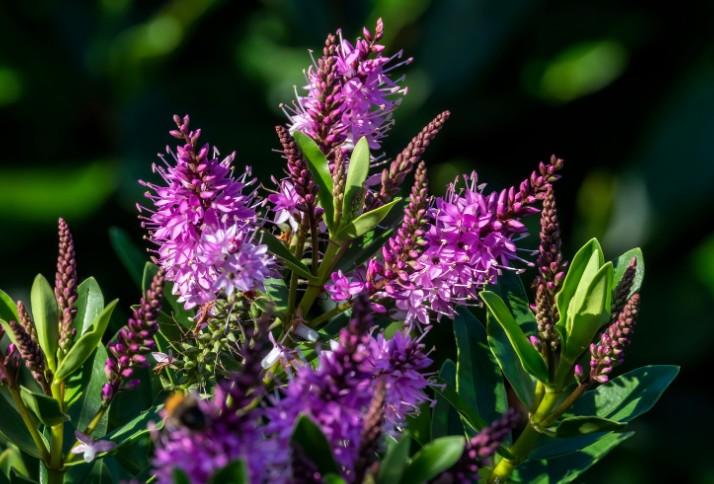
Here’s why hebes have a permanent place in my garden:
- They flower through the warmer months, adding colour when other shrubs are green-only
- Their foliage stays lush all year round
- They’re low-maintenance, ideal for beginner gardeners or busy ones like me
- Many varieties attract pollinators, making them great for wildlife-friendly gardens
When Do Hebes Flower in the UK?
This is the big question, and the answer is: most hebes flower from late spring through to autumn, depending on the variety and weather conditions.
What Are Typical Flowering Season by Variety?
In my experience, here’s a rough guide to when different types of hebes bloom in the UK:
- Late spring to early summer: Varieties like Hebe ‘Paula’ and ‘Red Edge’
- Mid to late summer: The more popular garden hybrids like Hebe ‘Great Orme’
- Late summer to early autumn: Extended flowering from varieties like ‘Autumn Glory’
These timeframes can shift slightly depending on your local climate — my hebes in sheltered, sunny spots often flower earlier and for longer.
How UK Weather Affects Blooming?
Living in the UK means our weather is never predictable. In cooler, northern regions, flowering may start later. A wet spring can sometimes delay blooms, while a dry, sunny spell can trigger an early show.
That said, hebes are incredibly adaptable. I’ve seen them push out flowers even after a poor spring, especially if they’ve been pruned and fed properly the year before.
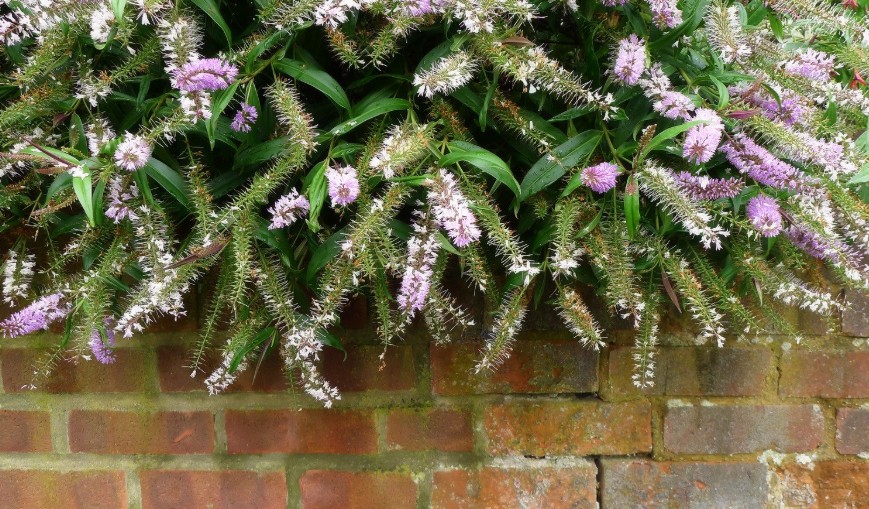
Can Hebes Flower More Than Once a Year?
Yes, they can! Especially the long-flowering hybrids. While they don’t tend to have multiple flushes like roses, I’ve had some hebes throw out a second wave of blooms in late summer if I deadhead them after the first show.
How Long Do Hebes Flower For?
Most of the hebes in my garden flower for around 6 to 8 weeks, though some hold their blooms longer if the weather is right.
What Are The Factors That Affect Flowering Duration?
- Sun exposure – Full sun encourages longer flowering
- Feeding – Overfeeding with nitrogen can reduce blooms
- Deadheading – Encourages fresh flower spikes
- Pruning – Light pruning of hebes in late autumn keeps the plant vigorous
When conditions are ideal, I’ve seen summer-flowering hebes continue into September.
How I Encourage My Hebes to Flower More?
If you want a spectacular hebe display, there are a few things I’ve learned over the years that make all the difference.
How Soil, Sunlight & Feeding Helps Hebes?
- Soil in lawn: I always make sure the soil is free-draining. Hebes hate wet feet, and poor drainage can lead to root rot.
- Sunlight: At least 6 hours of sun a day helps develop strong flower buds.
- Feeding: I feed mine with a balanced fertiliser in spring (not too high in nitrogen), followed by a mulch of compost or well-rotted manure.
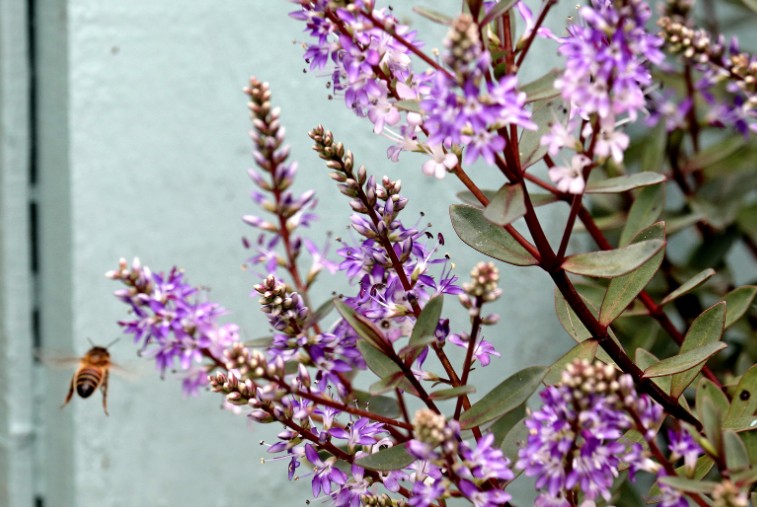
What is Pruning Hebes After Flowering?
This is essential. I lightly trim the tips of flowering stems once they fade. It keeps the plant bushy and encourages fresh shoots that will carry next year’s flowers.
Don’t prune too hard — they don’t regenerate well from old wood.
What Are the Quick Tips to Maximise Hebe Flowering?
Here are the main things I do every year to get the most out of my hebes:
- Plant in a sunny, sheltered spot
- Ensure well-draining soil
- Feed with a low-nitrogen fertiliser in early spring
- Deadhead faded blooms to extend the display
- Prune lightly after flowering ends
- Add a mulch layer in spring to improve moisture retention
These small habits go a long way toward getting a longer and more vibrant bloom.
How Is The Hebe Flowering Referenced?
Here’s a table I put together based on what I grow in my own garden:
| Hebe Variety | Flowering Season | Flower Colour | Notes |
| Hebe ‘Paula’ | Late Spring | Purple | Compact, hardy, low-growing |
| Hebe ‘Great Orme’ | Summer | Lilac | Long-lasting bloom, ideal for borders |
| Hebe ‘Autumn Glory’ | Late Summer–Autumn | Violet | Extends colour into autumn |
| Hebe ‘Red Edge’ | Early Summer | White | Stunning winter foliage colour |
Learn about the frost damage recovery of hebes with my experiential guide.
Final Thoughts: Why Hebes Are My Go-To Shrub for Flower Colour
If you’re looking for a plant that brings reliable colour, low effort, and year-round interest, then hebes are well worth considering.
Over the years, they’ve become my go-to shrub for filling gaps, softening edges, and keeping the garden buzzing with life.
Whether you’re a beginner or an experienced gardener, knowing when do hebes flower — and how to keep them blooming — makes all the difference.
With just a little care, you’ll be rewarded with months of soft, beautiful colour that returns year after year.
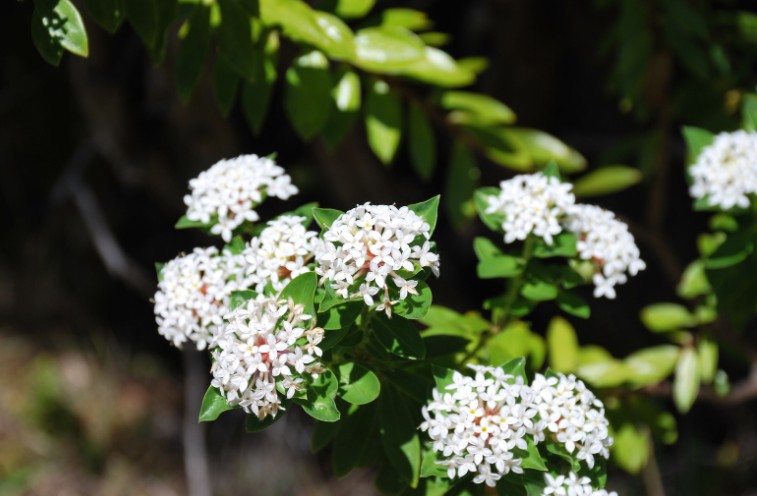
What Are the FAQs On When Do Hebes Flower?
1. Do hebes flower in their first year?
Yes — if planted in spring or early summer, most hebes will establish quickly and produce flowers within their first year. Just make sure they’re in a sunny, well-drained spot.
2. Are hebes evergreen all year round?
Absolutely. One of the things I love most about hebes is that they retain their foliage year-round, making them useful even outside of flowering season.
3. Should I prune hebes before or after flowering?
After flowering is best. Pruning beforehand can remove the buds. I prune lightly in late summer or early autumn, shaping the plant and encouraging next year’s growth.
4. Can hebes grow in pots and still flower?
Yes, I grow several varieties in terracotta and ceramic pots. Just make sure the pot has good drainage, use a loam-based compost, and keep the pot in a sunny spot.

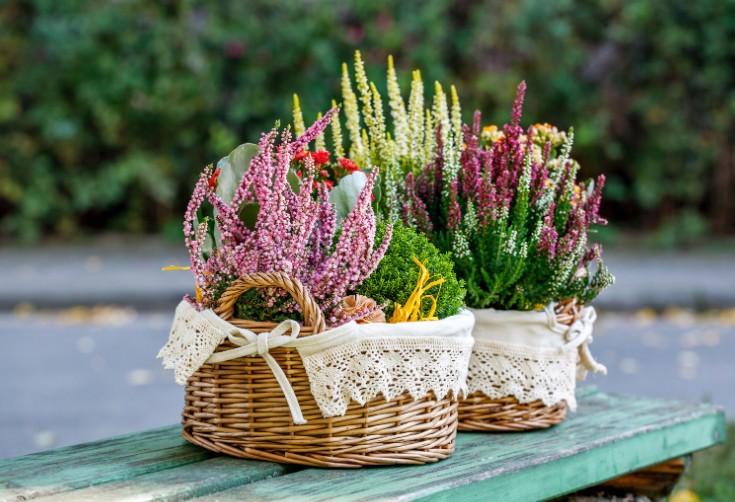
0 Comments